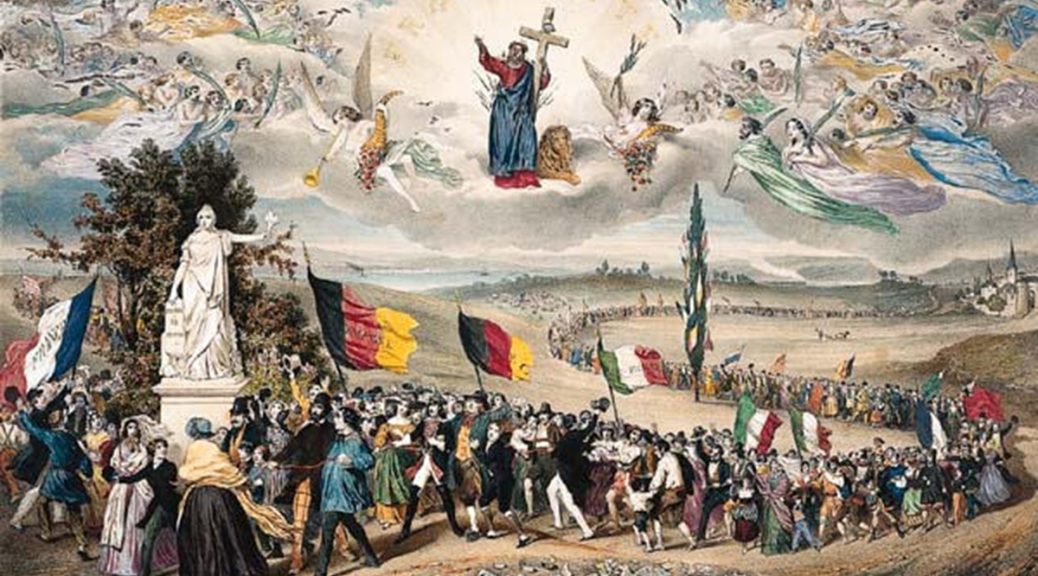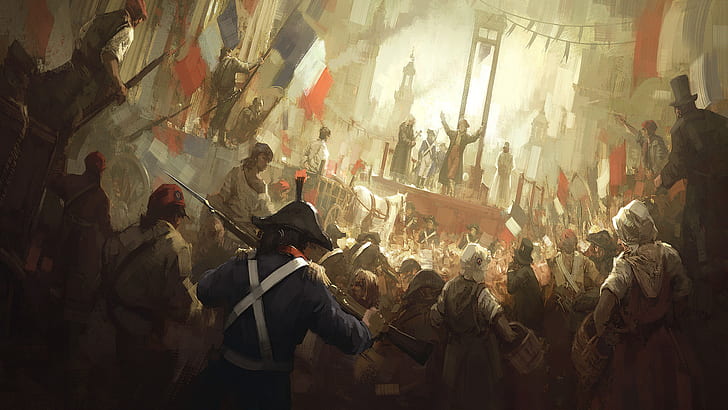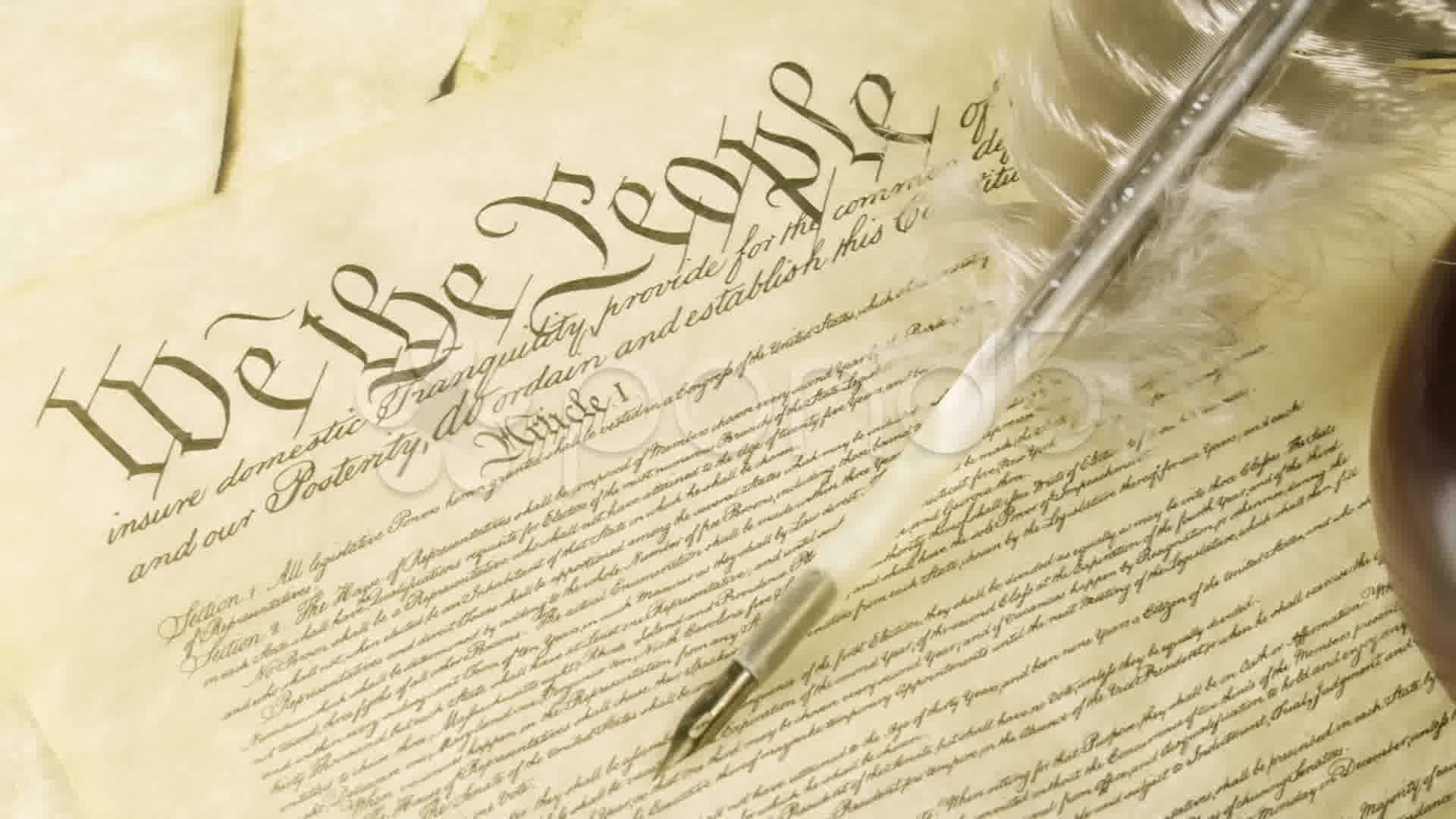Class - 10
History
Chapter - 1
The Rise of Nationalism in Europe
Notes
Nationalism :-
Nationalism refers to the feeling of oneness and common
consciousness that emerges when people living in a common territory share the
same historical, political and cultural back grounds. People may be speaking
different languages (as in case of India) but the love for their nation keeps
them together.
Concept of Nation State :-
During the 19th century nationalism emerged as a force
in Europe. It brought about sweeping changes in the political and mental world
of Europe which resulted in emergence of the nation-state.
Frederic Sorrieu and His Visualisation :-
Frederic Sorrieu, a French artist drew a series of
four prints which depicted his dream of a world made up of ‘Democratic and
Social Republics’ in 1848.
Absolutist :-
Literally, a government of system of rule that has no
restraints on the power exercised. In history, the term refers to a form of
monarchical government that was centralised, militarised and repressive.
Utopian :-
A vision of a society that is so ideal that it is
unlikely to actually exist.
Plebiscite :-
A direct vote by which all the people of a region are
asked to accept or reject a proposal.
Reasons for th Rise of Nationalism in Europe :-
- Absolutism
- Spread of liberal ideas
- Slogan fo liberty, Equality and Fraternity
- Role of educated middle class
- This civil code removed all privileges based on birth, established equality before law and secured the right to property.
- It abolished the feudal system and freed peasants from serfdom and manorial dues.
- It simplified administrative divisions, removed guild system, improved transport and communication system, introduced standardised weights and measures and common national currency.
- In the early 19th century, ideas of national unity were closely related to the ideology of liberalism.
- For the new middle classes, liberalism meant freedom for individual and equality of all before law.
- In France, the right to vote and to get elected was granted exclusively to persons who owned property. Men without property and women were excluded from this right.
- In the economic sphere, liberalism stood for the freedom of markets and the abolition of state imposed restrictions on the movement of goods and capital.
- In 1834, a Customs Union or Zollverein was formed by Prussia and accepted by most of the German state.
- The union abolished tariff barriers and reduced the number of currencies from over thirty to two.
- Following the defeat of Napoleon in 1815, European governments were driven by a spirit of conservatism.
- Conservatism stressed on the importance of tradition, established institutions and customs and preferred gradual development to quick change.
- The European powers like Britain, Russia, Prussia and Austria who had collectively defeated Napoleon met at Vienna and signed up the Treaty of Vienna in 1815. The congress was hosted by the Austrian Chancellor Duke Metternich and they drew up the Treaty of Vienna of 1815.
- The major outcomes of the treaty are the Bourbon dynasty restored power, France lost all the territories, annexed by Napoleon and a series of states were set up on the boundaries of France to prevent its expansion in future.
- The main intention of congress was to restore the monarchies that has been overthrown by Napoleon and create a new conservative order in Europe.
- The Bourbon dynasty was restored to power in France.
- The main intention was to create a new conservative order in Europe.
- France lost the territories it had annexed under Napoleon.
- A series of states were set up on the boundaries of France to prevent expansion in future.
- He was the Austrian Chancellor.
- He was born on 15th May 1773.
- He had once remarked that “When France sneezes the rest of Europe catches cold”.
- He took a prominent part in Congress of Vienna and dominated the European politics from 1814 to 1848.
- He acted as the restorer of the ‘old Regime’ and the reconstruction of Europe after the Napoleonic wars.
- He was born in Genoa in 1807.
- He became a member of secret society of the Carbonari.
- As a young man of 24, he was sent to exile in 1831 for attempting a revolution in Liguria.
- He subsequently founded two more underground societies, first, Young Italy in Marseilles and then, Young Europe in Berne.
- Mazzini’s relent- less opposition to monarchy and his vision of democratic republics fright- ened the conservatives. Matternich described him as ‘the most dangerous enemy of our social order’.
Gradual Development of Nationalism in Europe :-
French Revolution 1789 ⇒ Civil
Code 1804 ⇒ Vienna Conference 1815 ⇒ Revolution by
Liberals 1848 ⇒ Unification of Germany
1866-1871 ⇒ Unification of Italy 1859-1871
The French Revolution :-
French Revolution It was the first expression of
nationalism. It ended monarchy in France and gave power to the citizens.
The French Revolution and the Idea of Nation
:-
The first idea of nationalism came with the French
Revolution in 1789.
The French Revolutionaries introduced various measures
and practices and introduced the ideas like, la patrie (the fatherland) and le
citoyen (the citizen) amongst the French people.
A centralised administrative system and a uniform law
for all citizens was introduced.
From the very begining of the French Revolution, the
French revolution- aries introduced various measures and practices that could
create a sense of collective identity (nationalism) amongst the French
people.
Later, Na- poleon introduced revolutionary reforms in
the administrative field which is known as Civil Code of 1804 (The Napoleonic
Code).
Napoleonic code of 1804 :-
Napoleon had incorporated revolutionary principle by
introducing the Civil Code of 1804, which was known as Napoleonic Code.
Features of the Civil Code of 1804 :-
The Making of Nationalism in Europe :-
There were no nation-states in the mid-18th century
Europe.
Germany, Italy and Switzerland were divided into
kingdoms, duchies and cantons whose rulers had their autonomous territories.
They did not see themselves as sharing a collective unity or a common culture.
Aristocracy and the New Middle Class :-
Aristocracy, was a small group but it was the dominant
class in the continent. They owned estates and property.
Due to industrialisation the new social groups of
working class and middle class population, including industrialists,
businessmen, professionals came into existence.
Liberal Nationalism :-
Zollverein :-
Zollverein was formed at the initiative of
Prussia and joined by most of the German States.The union abolished tariff
barriers and reduce the number of currencies from over thirty to two.
Conservatism :-
A political philosophy that stressed the importance of
tradition, established institutions and customs, and preferred gradual
development to quick change.
A New Conservatism After 1815 :-
Vienna Congress in 1815 :-
representatives of the European powers – Britain,
Russia, Prussia and Austria – who had collectively defeated Napoleon, met at
Vienna to draw up a settlement for Europe. The Congress was hosted by the
Austrian chancellor Duke Metternich.
Features of Treaty of Vienna, 1815 :-
The Revolutionaries :-
The liberal nationalists opposed monarchial forms that
had been established after Vienna Congress and fight for liberty and
freedom.
In Italian revolutionary Giuseppe
Mazzini became a member of secret society and found two underground
societies, viz, Young Italy and Young Europe.
His relentless opposition to monarchy made Metternich
to describe him as ‘the most dangerous enemy of our social order’.
Duke Metternich :-
Giuseppe Mazzini :-
The Age of Revolution: 1830-1848 :-
Liberalism and nationalism was associated with the
revolution in many regions of Europe such as the Italian and German states,the
provinces of Ottoman Empire, Ireland and Poland. These revolutions were led by
liberal nationalists.
The first upheaval took place in France in July 1830.
The Bourbon kings were overthrown by liberal revolutionaries, who installed
Louis Philippe as the constitutional monarch.
There was a struggle for independence in Greece and
the Treaty of Constantinople of 1832 recognised Greece as an
independent nation.
The Romantic Imagination and National Feeling :-
Romanticism was a cultural movement that tried to
create a sense of a shared collective heritage as a basis of a nation.
Some countries like Poland kept nationalist feeling
alive through music and language. The clergies in Poland used Polish language
for religious instruction.
Hunger, Hardship and Popular Revolt :-
The 1830s were the years of great economic hardship in
Europe.
There was enormous increase in population all over the
Europe and population from rural areas migrated to cities to live in
overcrowded slum.
The conditions of the workers in town was extreme. In
1845, there was a revolt of weavers in Silesia village against the
contractors.
In 1848, population of Paris revolted due to food
shortage and widespread unemployment. Barricades were erected
and Louis Philippe was forced to flee.
As a result, a National Assembly proclaimed a republic
and granted suffrage to adult males above 21 and guaranteed them the right to
work. National workshop were set-up to provide employment.
It was because the contractors supplied raw material
to weaver and reduced their payments.
As a result, suffrage (right to vote)
was granted to males above 21 by the National Assembly. This gave them the
right to work.
1848 : The Revolution of the Liberals :-
In Germany, Italy, Poland and Austro-Hungarian empire
demanded for constitutionalism with national unification. The liberal took
advantage of the growing popular unrest to push their demands for the creation
of nation-state.
In 1848 France, Germany, Italy, Poland etc demanded
for a nation state based on Constitution, freedom of the press and freedom of
association.
Monarchies of Central and Eastern Europe wanted to
introduce changes like that in Western Europe exaboilish of serfdom and bonded
labour in Habsburg and Russia.
May Revolution :-
On 18th May, 1848, 831 elected representatives
assembled in the Church of St Paul. They drafted a Constitution for German
nation. According to this Constitution, the nation was to be headed by a
monarchy under a parliamentary control.
The highest position was offered to Friedrich
Wilhelm IV (King of Prussia), but he rejected it and joined other monarchs
to oppose the elected assembly. The Parliament also lost its support as demands
of workers and artisans were ignored and the assembly was disbanded.
Issue of Political Rights to Women :-
Women were not given any political rights so large
number of women participated actively in the liberal movements to demand for
their rights.
They formed their own political associations, founded
newspaper and took actively in political meeting and demonstrations.
Feminist :-
Awareness of women’s rights and interests based on the
belief of the social, economic and political equality of the genders.
Ideology :-
System of ideas reflecting a particular social and
political vision.
The Making of Germany and Italy :-
After 1848, nationalist sentiments were widespread in
Germany and Italy which led to their unification.
Unification of Germany :-
The middle class tried to unite the different regions
of German confederation into a nation-state. Prussia took the leadership of the
movement.
It’s Chief Minister Otto von Bismarck,
aimed to achieve the unification with the help of Prussian army and
bureaucracy.
Prussian victory in three wars with Austria, Denmark
and France ended and completed the process of its unification.
Chief Minister Otto von Bismarck along
with princes of German states, representatives of the army, Prussian ministers
declared the new German Empire on 18th January, 1871. It was headed
by Kaiser William I of Prussia.
Newly formed state, Germany emphasised on modernising
the currency, banking, legal and judicial systems.
Unification of Italy :-
During the middle of the 19th century, Italy was
divided into seven states. Only Sardinia-Piedmont was ruled by
an Italian Princely house.
Giuseppe Mazzini, Count Camillo de Cavour, Giuseppe
Garibaldi took responsibilities to unite Italy. Due to their effort Italy was
united in 1861.
In 1861 Victor Emmanuel II was
proclaimed the king of United Italy.
The states of Tuscany, Modena, Parma and the Papal
were joined with Sardinia.
The final unification of Italy was achieved in 1871
and Rome became a part of Sardinia.
Growth of Great Britain :-
There was no British nation prior to the 18th century.
The primary identities of the people in the British Isles were ethnic ones like
English, Welsh, Scot and Irish.
The Act of Union (1707) between England
and Scotland resulted in the formation of the United Kingdom of Great Britain.
By this Act, Scotland was incorporated in England.
Ireland was forcibly incorporated into the United
Kingdom of Britain in 1801.
The symbols of the new Britain were the British flag
(Union Jack), the National Anthem (God save our Nobel King) and the English
language.
Visualising the Nation :-
Artists in the 18th and 19th century started to
personify nations as female figures.
These female figures became known as allegory of
nations, viz in France, Marianne was the allegory and in Germany, Germania was
the allegory.
Allegory :-
When an abstract idea (for instance, greed, envy,
freedom, liberty) is expressed through a person or a thing. An allegorical
story has two meanings, one literal and one symbolic.
Nationalism and Imperialism :-
A large part of the Balkans was under the controls of
the Ottoman Empire.
Each European power i.e., Germany, Russia, England,
Austro-Hungary wanted to extend their control over the Balkans. This led to
series of war and finally the First World War.






0 Comments